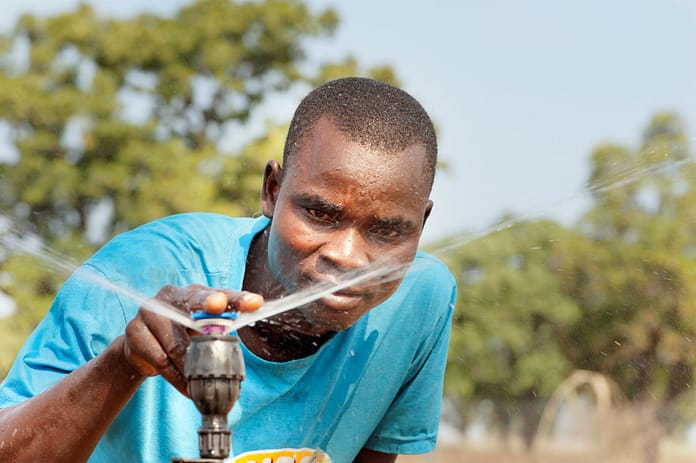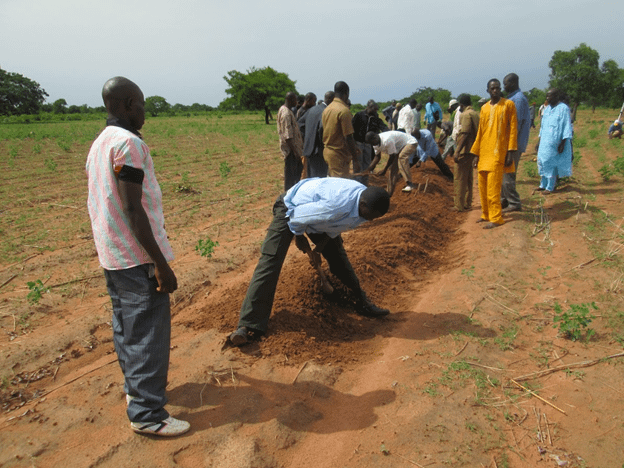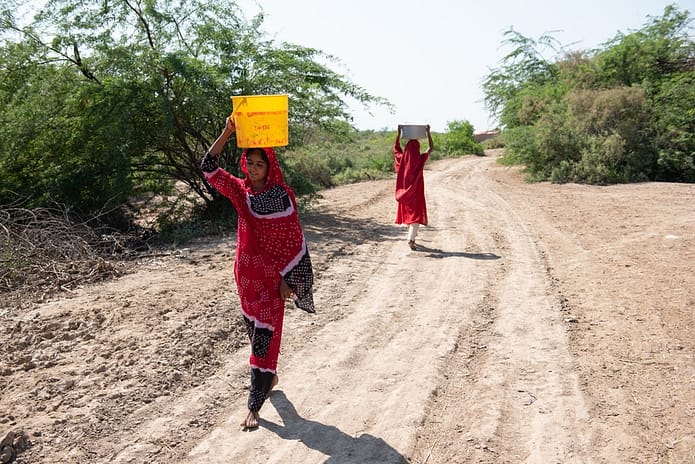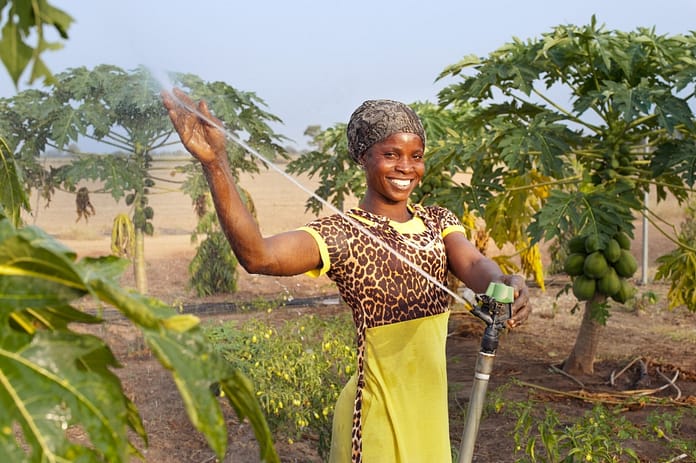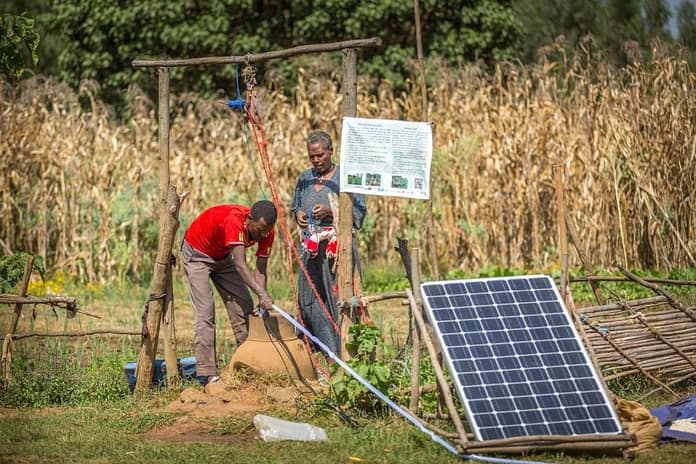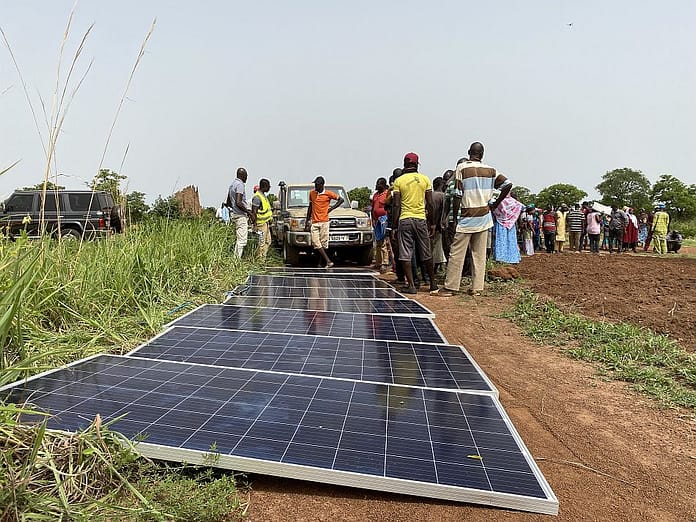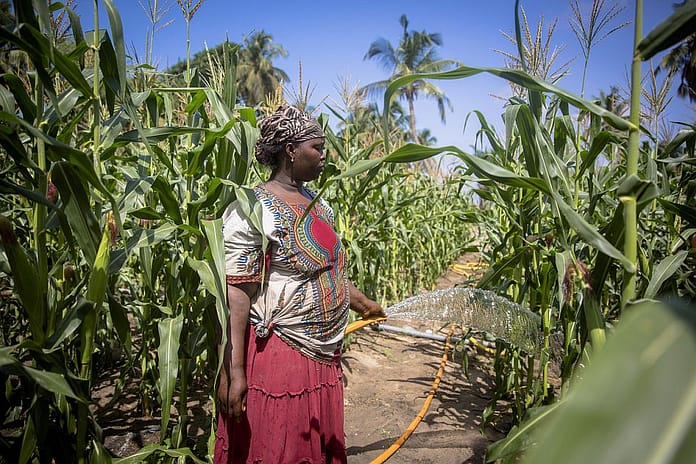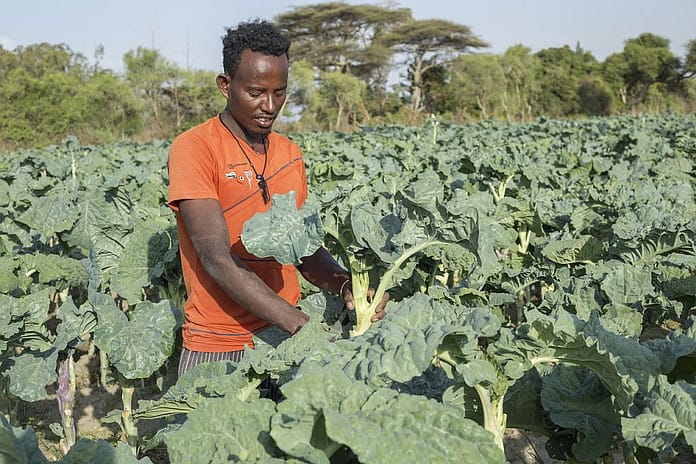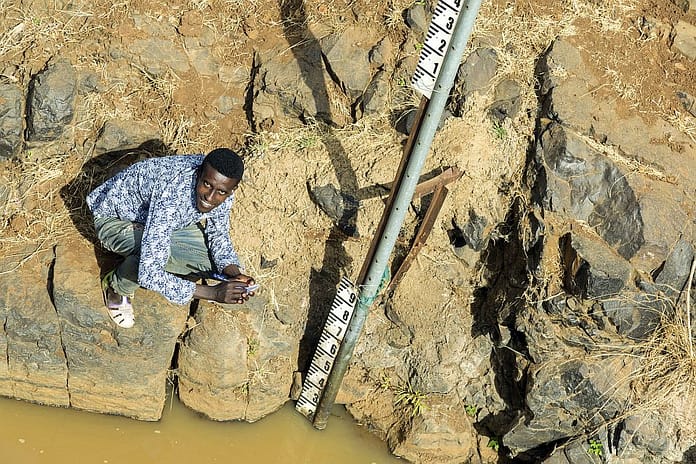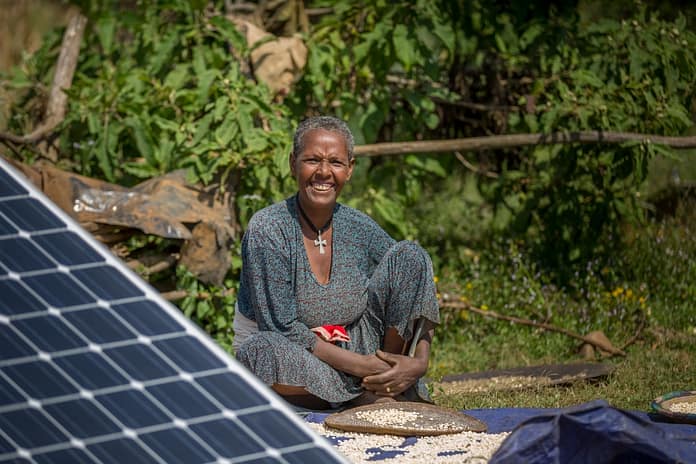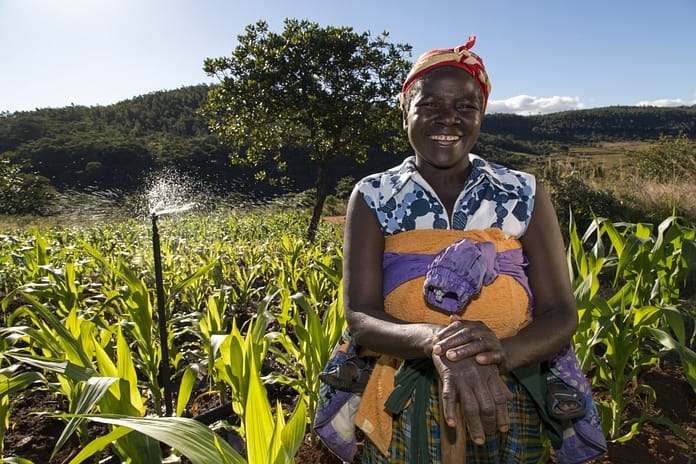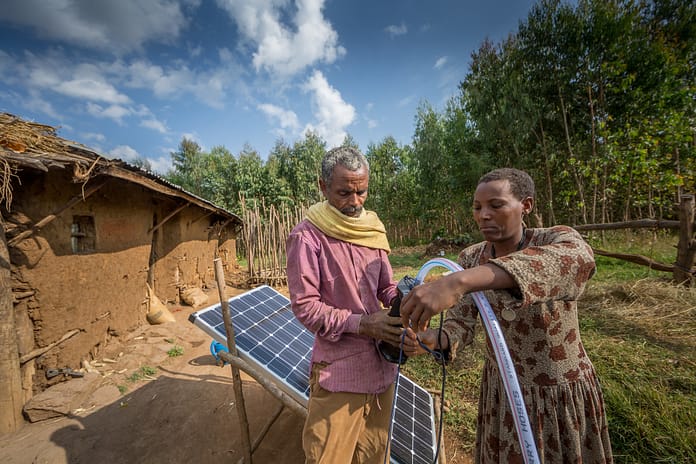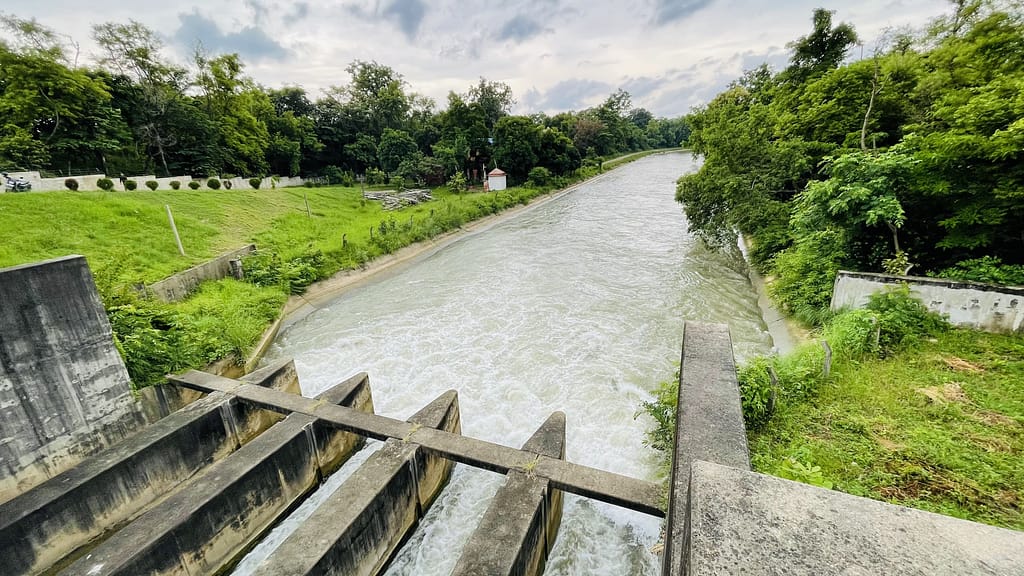
Irrigation is crucial to advancing Nepal’s broader development goals. Agriculture employs 60-66% of Nepal’s labor force and contributes to nearly a quarter of the country’s Gross Domestic Product (GDP). Productivity gains in the sector are thus sure to translate into economic growth, job and poverty reduction. Therefore, the government of Nepal plans to achieve 80% irrigation coverage by 2030, but it faces several barriers to effectively achieve this target.
The main challenge is ensuring efficient water use in agriculture. Seasonal variability in river flows make irrigation unreliable, especially during dry months when tail-end farmers struggle to receive sufficient water. Ad hoc measures and inadequate regulating structures have exacerbated these inequities. As a result, conflicts persist between upstream and downstream communities over water usage, in addition to water being wasted and reduced agricultural productivity.
Nepal’s 2023 National Irrigation Policy is addressing this systemic problem by putting data and evidence-based decision-making at the centre of its efforts. Without instrumentation, irrigation managers lack accurate flow data to allocate water effectively, and farmers lack soil moisture information to optimize irrigation scheduling. By measuring irrigation flow from canals to fields, water can be directed in more precise quantities to exactly where and when it is needed. A complimentary system that allows farmers to measure soil moisture, further enhances the efficiency of this irrigation system.
Leading the charge for this systematic transformation is the Babai Irrigation Project (BIP), a project in western Nepal which aims to irrigate 36,000 hectare of land by using water of the Babai River. Here, a collaboration between the Department of Water Resources and Irrigation (DWRI), the International Water Management Institute (IWMI), and CGIAR’s Policy Innovations and Scaling for Impact Programs is piloting irrigation instrumentation, real-time data collection, the use of an information system dashboard and capacity building on volumetric water allocation as directed by the national irrigation policy.
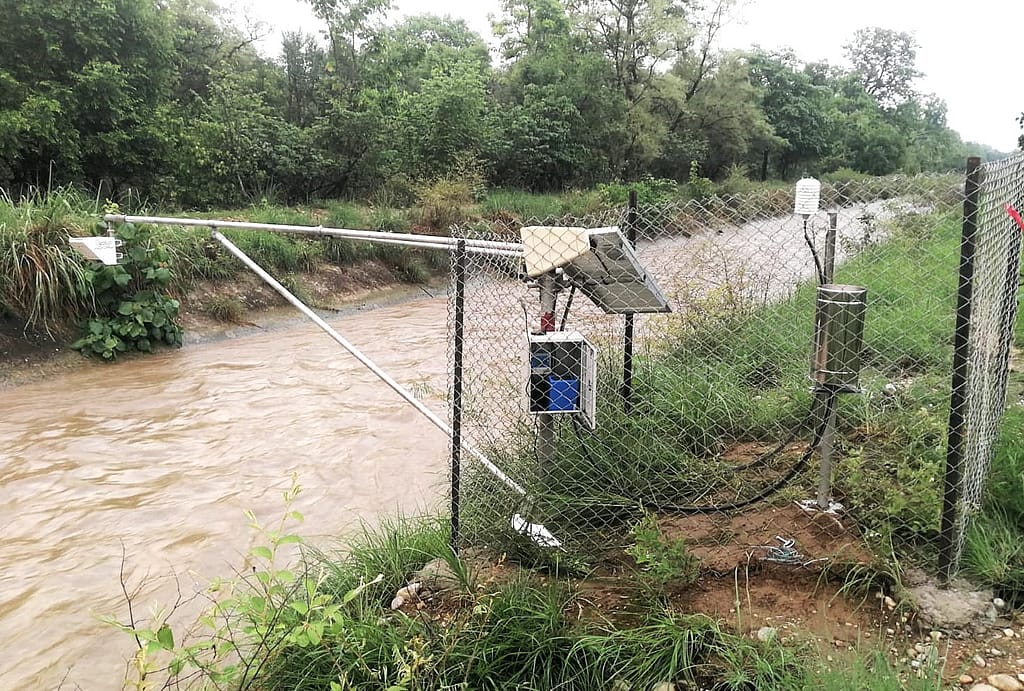
Innovative instrumentation gathers real-time data
In March 2024, DWRI and IWMI installed advanced flow measurement systems in the eastern canals of the Babai irrigation project.
An automatic flow sensor was installed at the main eastern canal head to measure water level and velocity, transmitting data every 10 minutes. Six Chameleon WiFi sensors record soil moisture across three depths in farms, enabling farmers to assess irrigation needs. Similarly, a meteorological station collects data on rainfall, temperature and humidity to inform irrigation planning. Finally, manual gauges have been installed at 23 branch canals, allowing gate operators to monitor water flow and upload data using a web-based portal.
This comprehensive instrumentation is solar-powered and equipped with dual SIM modems, ensuring continuous data transmission to a centralized server.
A dashboard visualizes real-time data from the automatic flow sensor, soil moisture sensors and meteorological sensors. It provides real-time updates on flow data from main and branch canals, along with soil moisture and weather parameters, all presented in a user-friendly format. Users can easily monitor and analyze the status and trends of these parameters.
The collected data has provided critical insights into water use, enabling irrigation managers to respond to changing conditions in real-time and plan for future water allocation.
Capacity building makes the system self-sufficient
The success of the data collection relies on water managers of the Babai project office and local water user associations. IWMI therefore trained gate operators, irrigation engineers and members of water user associations.
Ten gate operators, including three women, learnt to read canal flow levels through manual gauges and upload data using mobile devices. A customized web portal, available in Nepali and English, streamlines the data entry process. In the irrigation project office, a dedicated staff member ensures that data entry is continuous and of good quality.
23 farmers, including eight women, learnt to use sensors that display the soil moisture status through color codes — blue for adequate moisture, green for depleting soil moisture and red for dryness. This information helps farmers avoid over- or under-irrigation, improving crop health and yield.
Thanks to these interventions local water users and farmers can manage and utilize the new systems in close collaboration with the irrigation system managers.
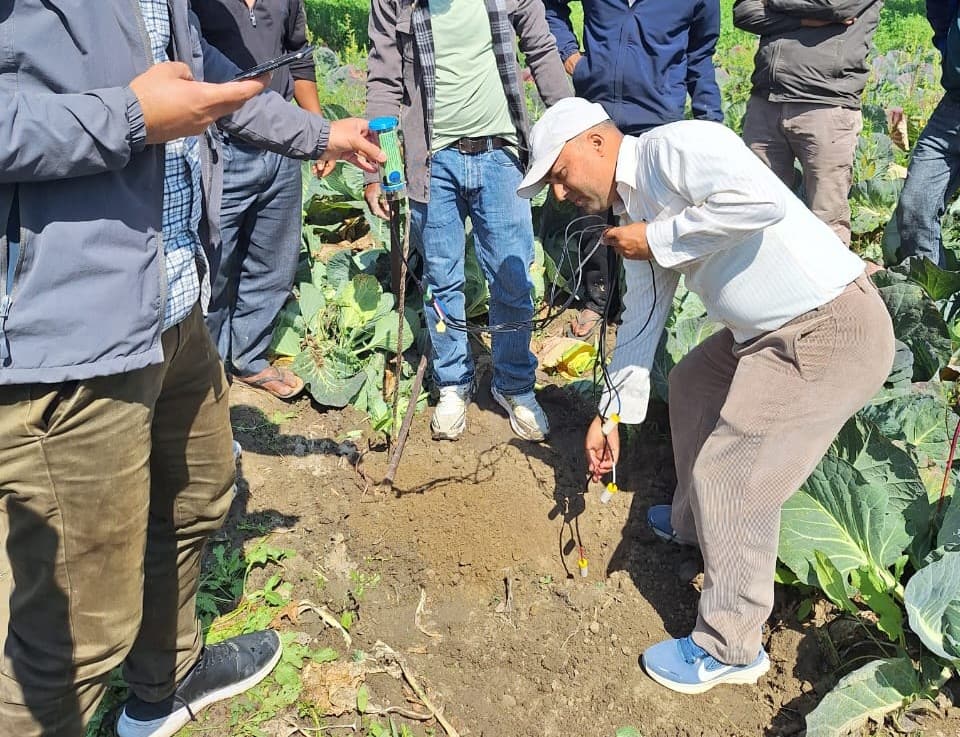
The system has yielded encouraging results
In Babai, the flow data revealed critical patterns such as drops in discharge due to debris blockages during monsoons and limited water availability in branch canals farther from the main eastern canal. Timely interventions by gate operators minimized disruptions to irrigation flows to the fields.
Similarly, farmers using soil moisture sensors have reported improved irrigation scheduling, as they now know when and how much water to put into the crops depending on soil conditions. This has had a positive effect on crop health and reduced the damage caused by dry conditions, while making optimum use of water as it becomes an increasingly scarce resource.
Real-time flow data has enabled irrigation managers to allocate water equitably and cope with seasonal variability. This has improved water access for mid and tail-end farmers which has contributed to resolving conflicts in irrigation scheduling.
Opportunities for scaling emerge
Within the Babai project, extending the current instrumentation to the western canal networks will broaden its impact, providing more farmers with reliable water, improving productivity and enhancing coordination. The addition of advanced technologies like satellite imagery can improve water flow monitoring, optimize resource allocation and enable quick responses to issues.
But the practices prototyped here can also serve as a model for modernizing irrigation management in Nepal generally, offering valuable lessons for scaling its success across similar initiatives nationwide.
The instrumentation and dashboard system in Babai, designed to be operated by local capacity, offers a scalable model that aligns closely with Nepal’s national irrigation goals and decentralization efforts. Insights from Babai can guide the implementation of national irrigation strategies toward volumetric water allocation. Aligning policies with successful prototyping ensures that we have the best-case scenarios for scaling better water use, resource optimization and sustainable agricultural growth.
Going forward, next users of this system can include farmer cooperatives, water user associations, irrigation offices and agri-tech companies. Scaling can be achieved through a blended business model that combines public financing for infrastructure development with private sector investment in sensor technology, data-driven water allocation, as well as operation and maintenance. This public-private-community partnership model offers a promising pathway where local water user associations, farmer cooperatives, private companies, and government can work together to ensure sustained irrigation services. This collaborative model can make real-time irrigation systems more accessible, locally managed and financially sustainable for informed decision-making in other irrigation schemes across Nepal.
With a broader institutionalization of data-driven practices, expanding coverage and policy alignment, and with continued innovation and stakeholder engagement, Nepal can transform its irrigation systems, ensuring agricultural resilience, and enhanced water, food and nutrition security in a changing climate. The Babai Irrigation Project shows a pathway for modernizing agricultural water management in Nepal, highlighting the transformative potential of data-driven irrigation systems.


